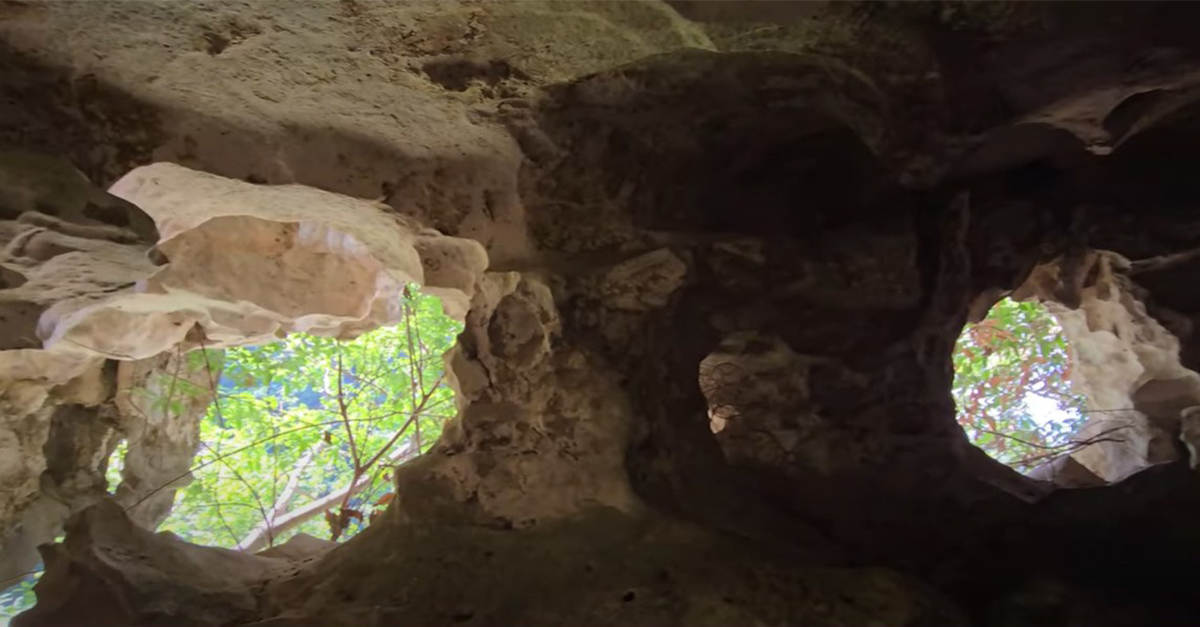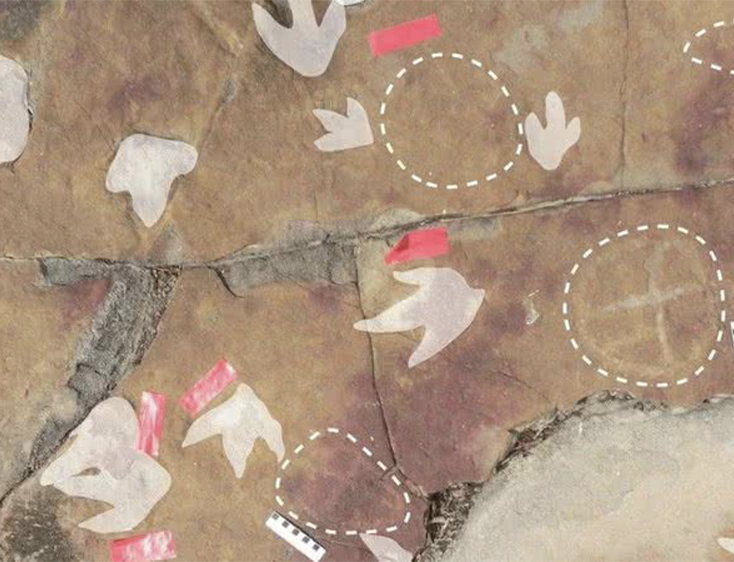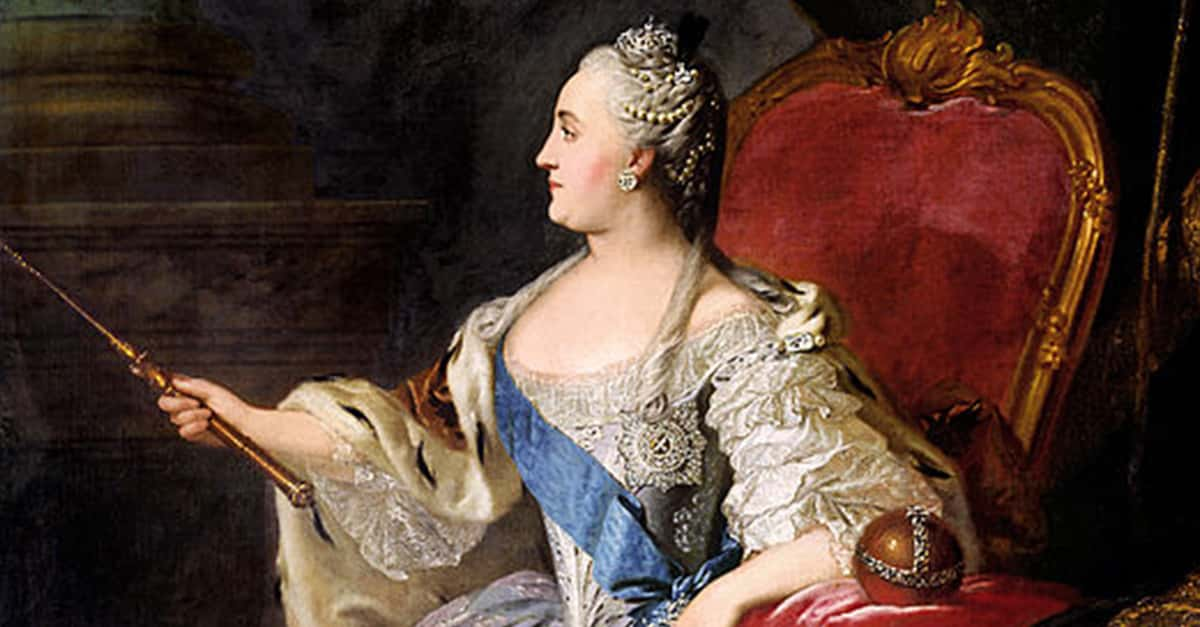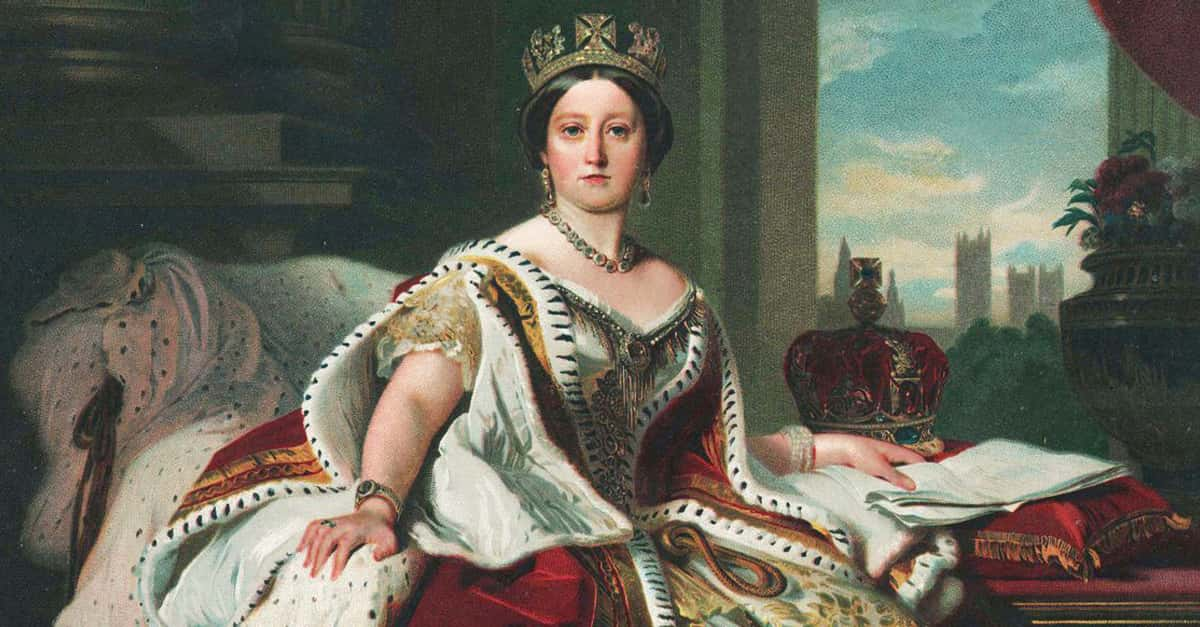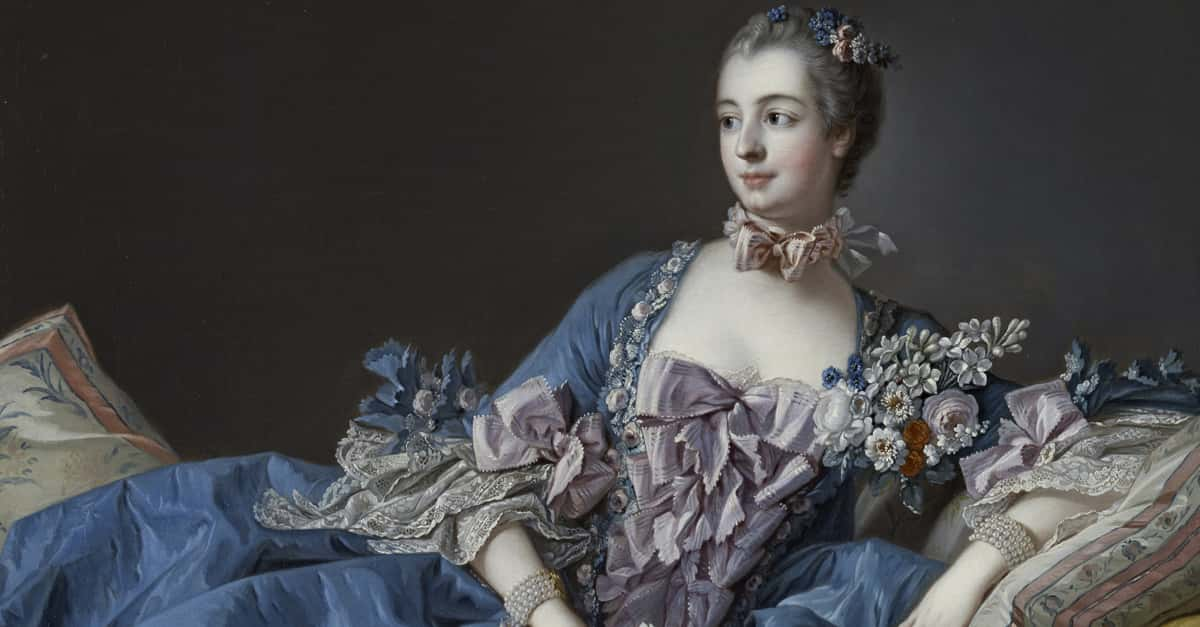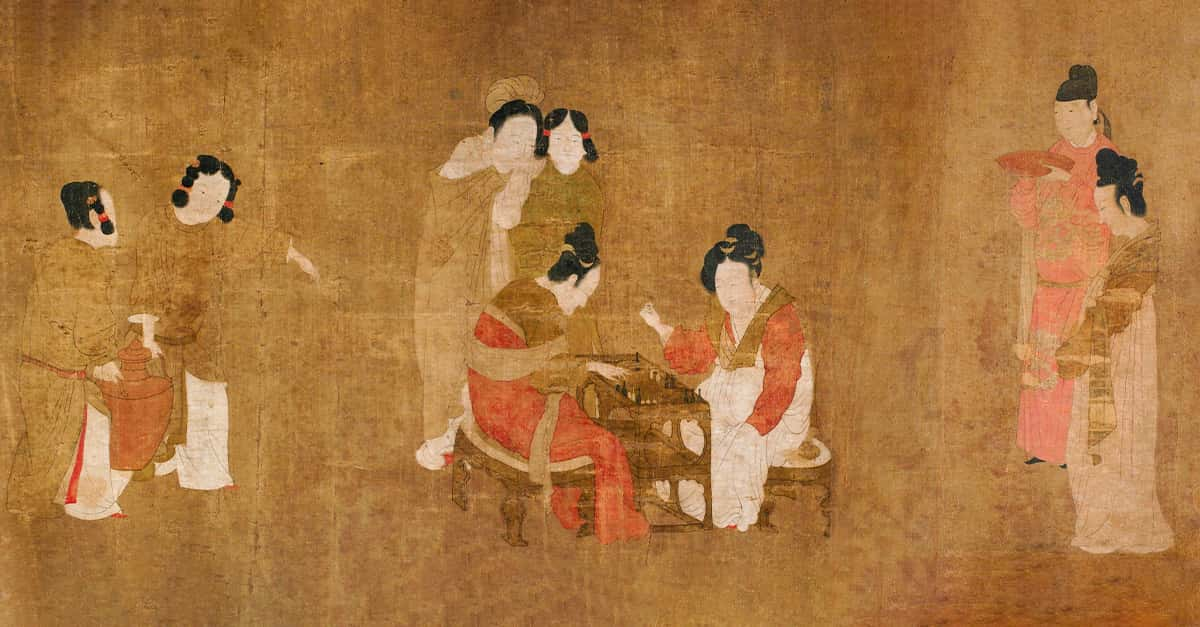In July 2024, an international team announced an amazing discovery in Sulawesi: cave paintings at Leang Karampuang from at least 51,200 years ago. The images depict three human‑like figures interacting with a warty pig. The painting is the oldest known narrative rock art in the world. The astonishing find predates European cave paintings by more than 10,000 years.
Stumbling Across An Ancient Masterpiece
The paintings were discovered during a 2017 survey by Indonesian and Australian researchers. Using laser‑ablation U‑series dating on calcium‑carbonate deposits layered over the art, they determined a minimum age of 51,200 years. This pushed back the dates by around 6,000 years from previous finds.
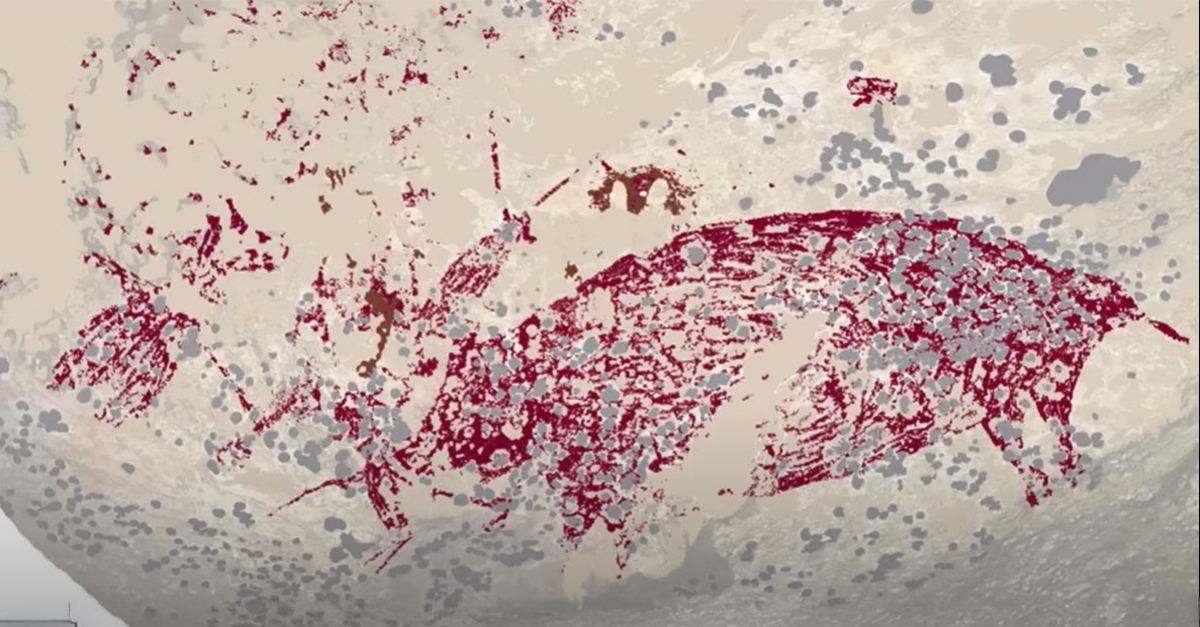 51,200-YEARS-OLD! The Oldest Narrative Cave Art EVER Discovered, Ancient Architects, YouTube
51,200-YEARS-OLD! The Oldest Narrative Cave Art EVER Discovered, Ancient Architects, YouTube
Pictures Worth A Thousand Words
Unlike earlier abstract or simple marks, the Sulawesi composition portrays a clear and dramatic scene of human figures interacting with a pig. Archaeologists describe it as narrative, the earliest example of storytelling art by Homo sapiens.
Shattering Implications For Human Evolution
This discovery shatters the notion that early figurative art originated in Europe. The Sulawesi panel shows beyond a doubt that complex symbolic art was being created in Southeast Asia at the same time as early European sites. This suggests a parallel cognitive development in different parts of the world.
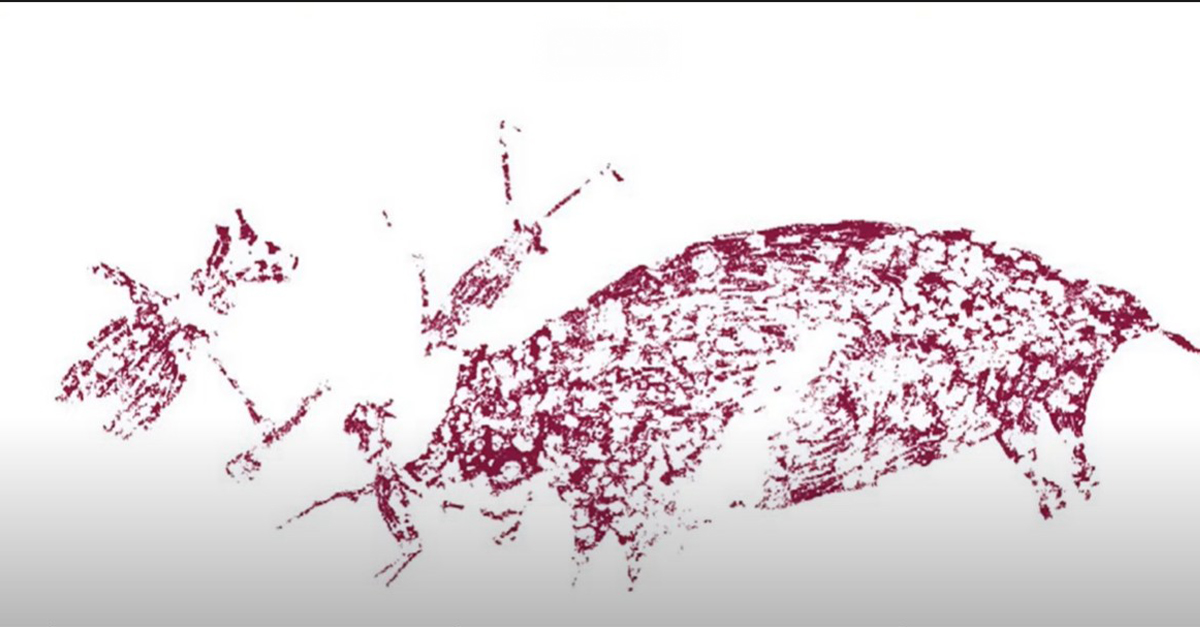 51,200-YEARS-OLD! The Oldest Narrative Cave Art EVER Discovered, Ancient Architects, YouTube
51,200-YEARS-OLD! The Oldest Narrative Cave Art EVER Discovered, Ancient Architects, YouTube
Research In A Pock-Marked Landscape
Sulawesi’s Maros-Pangkep karst terrain of limestone sinkholes retains hundreds of rock-art sites just like this one. Earlier finds include 44,000-year-old human-animal hybrid imagery and 45,500-year-old pig depictions. Ongoing research keeps digging up new sites of ancient art all through this vast region; there’s a lot more where that came from!
Conservation
These cave paintings are very delicate. They currently face threats like acidic drip, moisture changes, and salt crystallization, all of which are made worse by climate change. Conservationists and the Indonesian authorities are both work together to protect the caves and seek out UNESCO recognition for the vulnerable site.
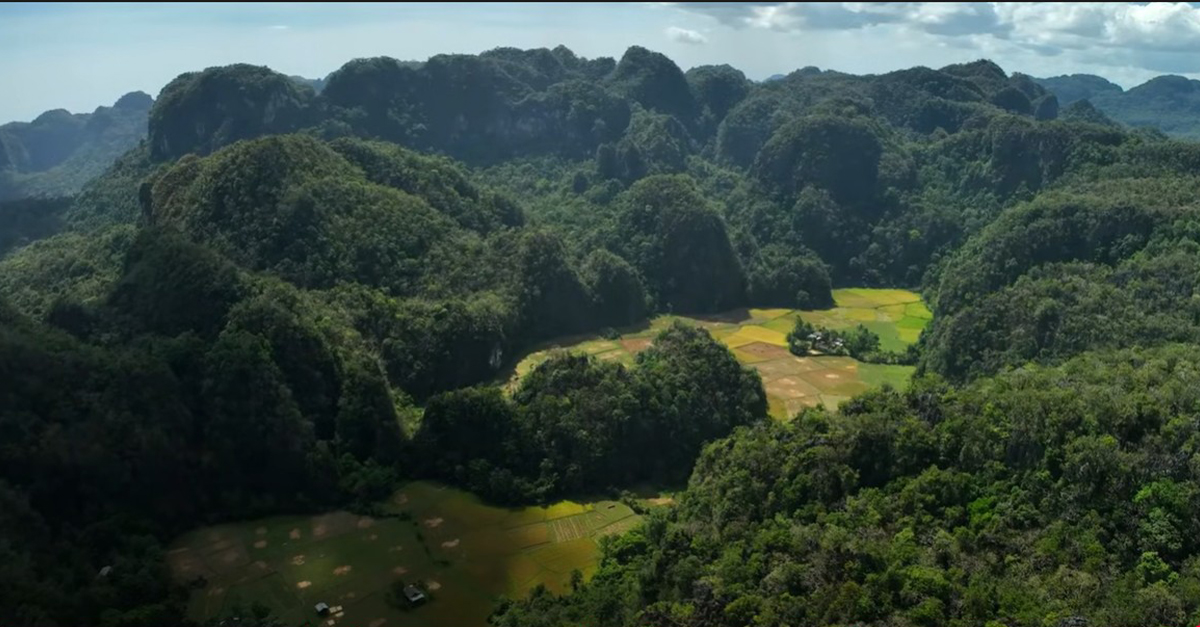 The World’s Oldest Cave Painting (Maros, South Sulawesi, Indonesia), Kristian Hansen, YouTube
The World’s Oldest Cave Painting (Maros, South Sulawesi, Indonesia), Kristian Hansen, YouTube
Researchers Hungry For More
Researchers are keeping busy documenting more sites, refining their dating methods, and digging up even more scenes like this one. Indonesian scholars are in the forefront of these efforts, promoting local expertise to add to Western understanding.

Rewriting The Human Story
The Sulawesi cave paintings now stand alone as the dawn of human storytelling. At more than 51,000 years old, they highlight Southeast Asia’s pivotal role in human prehistoric migration. It’s critical that we preserve the shared human story depicted on these walls for the enjoyment of future generations.
You May Also Like:
What Really Happened To The Dinosaurs?

